The 10 Most Exhilarating Castlevania Adventures
Jan-06-2024
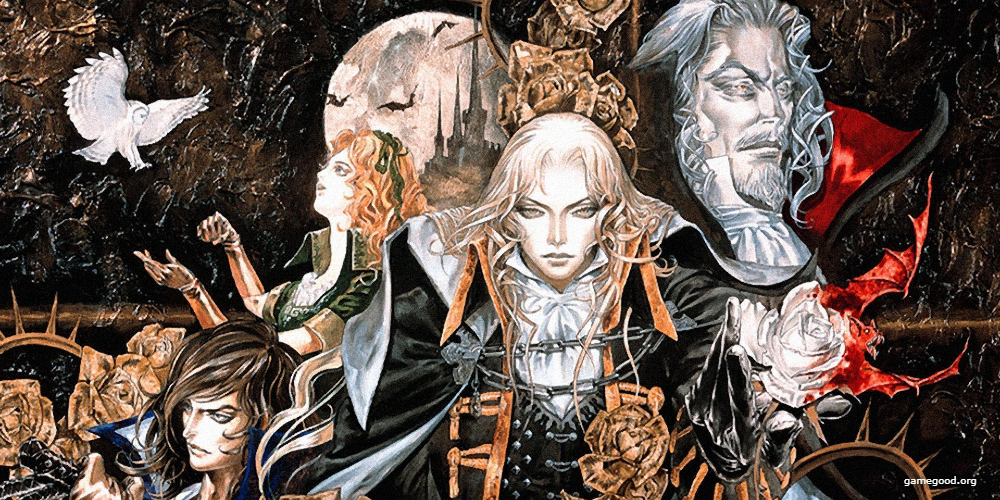
The Castlevania series, with its darkly enchanting universe, has thrilled gamers across the world since its inception. Blending action, platforming, and gothic horror, these games have defined and redefined their genre repeatedly. But which installments stand out as the most illustrious? Below, we plunge into the depths of Dracula’s domain to unveil the 10 best Castlevania games ever made, each offering a unique glimpse into the eternal struggle between the Belmont clan and the forces of the night. Journey through the echelons of gaming history and revisit the masterpieces that have captured the hearts of fans for decades.
Symphony of the Night: When Darkness Transforms
Castlevania: Symphony of the Night – Stepping into the shoes of Alucard, Dracula’s estranged son, players were granted an unprecedented level of freedom when this seminal classic was let loose into the gaming landscape. Its considerable influence can be felt to this day, permeating throughout the industry with its intricate exploration, spellbinding musical scores, and nostalgic nods to both its franchise's past and the future it was about to usher in. Revolutionary for its time, "Symphony of the Night" seamlessly intertwined combat with a captivating narrative, inviting players to uncover all the dark secrets contained within the walls of Castlevania.
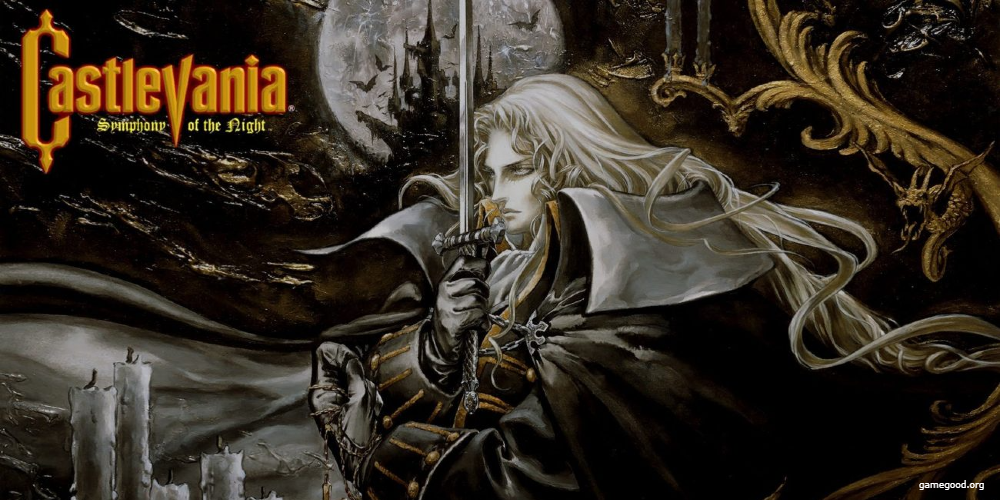
Aria of Sorrow: The Future Beckons
Castlevania: Aria of Sorrow – Venturing into uncharted chronology, Soma Cruz's tale fused a compelling narrative with the series' time-honored gameplay. Set in a distant future where the prophecy of Dracula’s resurrection looms, "Aria of Sorrow" charmed its audience with the Tactical Soul System – an innovative feature allowing players to assume the very abilities of their adversaries. Alongside the memorable storyline, the coupling of action-platforming and RPG mechanics made every encounter a possibly game-changing moment, offering a richly complex Castlevania entry that reverberated with the advent of modern gaming.
Order of Ecclesia and the Glyph's Might
Castlevania: Order of Ecclesia – With a brave leap, "Order of Ecclesia" dared to break the mold, featuring a heroine shrouded in mystery and a world that extended far beyond the castle's gothic parameters. With its Glyph system, players could tailor their playstyle more intricately than ever before, facing a series of grueling trials that would test the mettle of even the most experienced vampire hunters. The game's difficulty and diverse environments set a new gold standard for side-scrolling platformers and left an indelible impression on all who braved its depths.
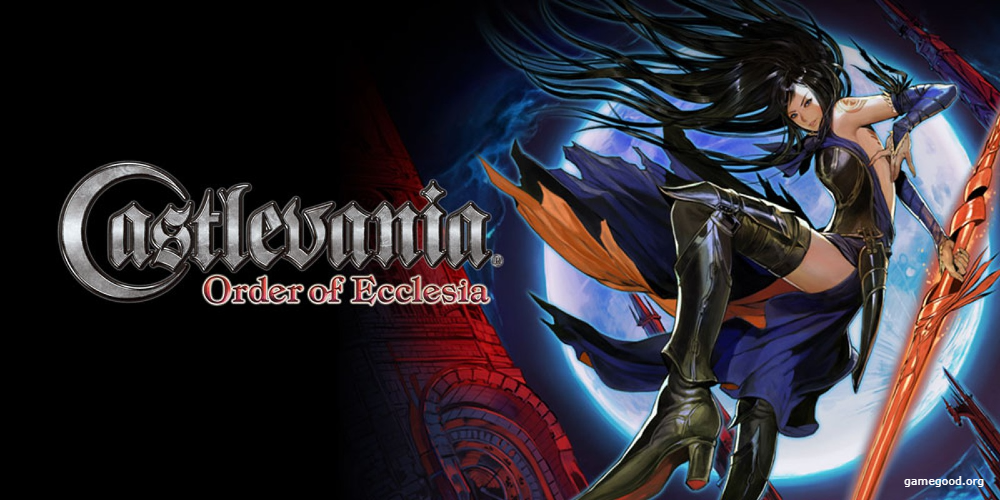
Rondo of Blood: The Crescendo of Classicism
Castlevania: Rondo of Blood – When Richter Belmont took up the Vampire Killer whip and embarked upon his dire mission, "Rondo of Blood" exemplified classic Castlevania through its linear level design and diversified challenges, featuring multiple paths and potential friends in need of rescue. With pixel art that still emulates the allure of past Castlevania titles, its soundtrack and timeless gameplay mechanics inspired a generation of games, honoring the very essence of what made the series a staple in gaming history.
Dawn of Sorrow: A Cold Embrace
Castlevania: Dawn of Sorrow – Soma Cruz returned in this direct sequel to "Aria of Sorrow," further refining what its predecessor had built and embracing the capabilities of the Nintendo DS. Integrating the touch screen into the demon-hunting escapade, the game not only continued the riveting story but also delivered tight gameplay and a dynamically exploitable Tactical Soul System. It proved that sequels could indeed heighten a franchise's appeal, all the while staying true to its roots.
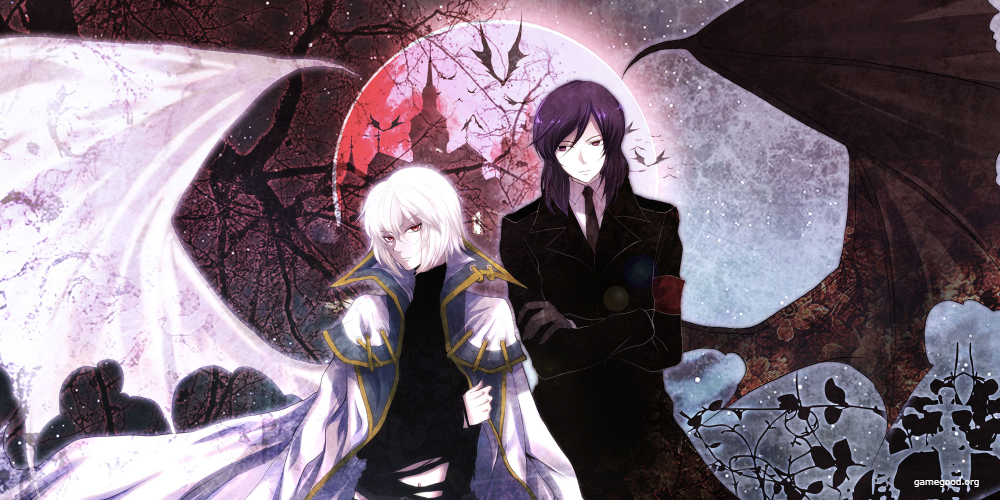
Super Castlevania IV: Whipping Into a New Dimension
Super Castlevania IV – When this entry swung onto the Super Nintendo, it brought with it sweeping technological advancements and a revamped control scheme for the series' famed protagonist, Simon Belmont. Showcasing environmental effects like the never-before-seen Mode 7 graphics, it encapsulated the vintage appeal while simultaneously catapulting it into a new era. The malleable whip and atmospheric presence of Super Castlevania IV continue to resonate as a turning point for the franchise.
Portrait of Ruin: A Tandem against Time
Castlevania: Portrait of Ruin – By blending the classic with cooperative play, "Portrait of Ruin" broke ground within the series, offering dual protagonists and a tale that synergized history with the supernatural. Its inventive twist of traversing into painted worlds to contend with otherworldly forces showcased the adaptability of Castlevania's core themes, all while presenting a multiplayer experience that expanded the scope of handheld gaming adventures.
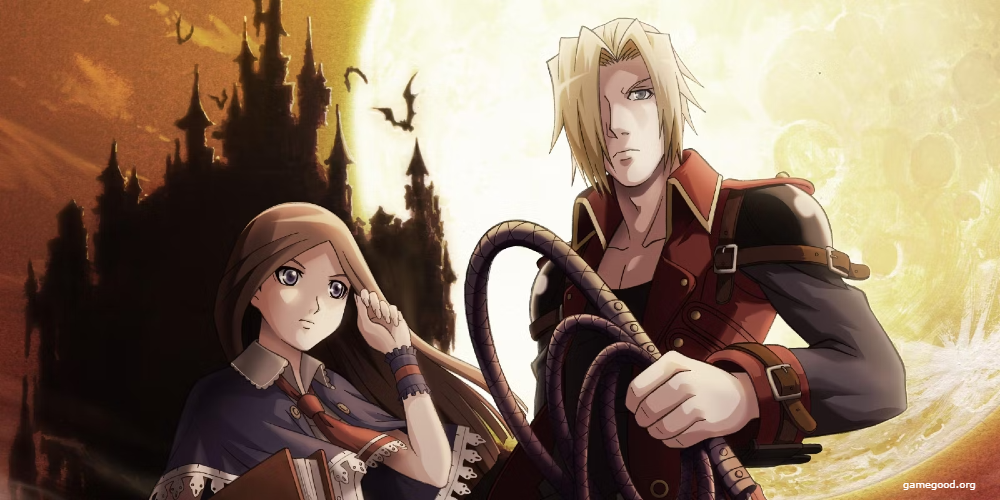
Lament of Innocence: The Roots of Darkness
Castlevania: Lament of Innocence – As Castlevania's lore seeped back into the origins of the Belmont and Dracula feud, "Lament of Innocence" sought to redefine the series within a three-dimensional space. Delivering not just a visually captivating experience but also one rich in story, this PlayStation 2 entry carved its name into the annals of the franchise. The architectural marvels within, along with the game's devotion to combat complexity, breathed new life into the eternal conflict between good and evil.
Bloodlines: A Legacy Etched in War
Castlevania: Bloodlines – As the sole Genesis entry, "Bloodlines" distinguished itself with fast-paced action and a narrative that spanned the battlefield-laden landscapes of Europe. With two uniquely skilled protagonists at the player’s disposal, the game offered a distinct approach to conquering Dracula’s minions. It leveraged the hardware's potential to create a distinctive and powerful experience that successfully transplanted Castlevania’s timeless formula onto Sega's platform.
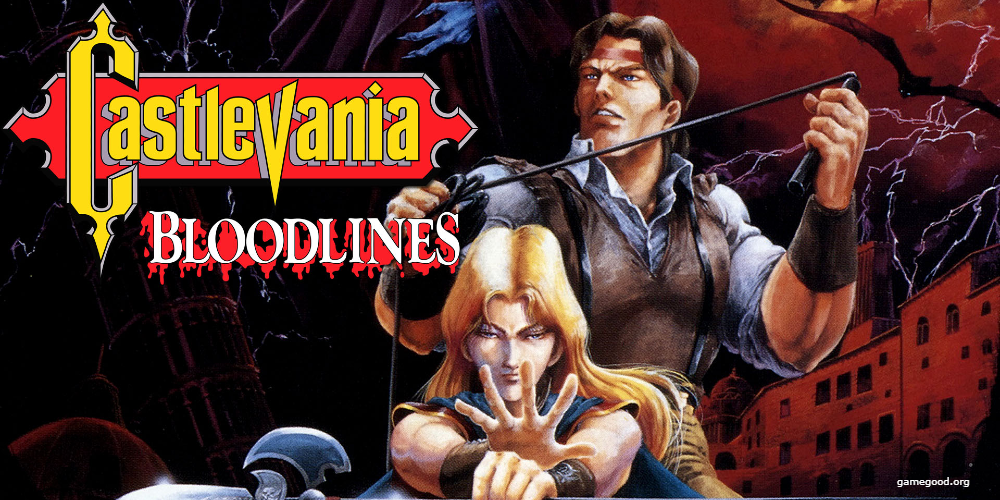
Dracula's Curse: The Quintessence of Challenge
Castlevania III: Dracula's Curse – Retaining its reputation for one of the most challenging entries in the series, this prequel story excelled through its multiple playable characters and divergent storylines. "Dracula's Curse" introduced mechanics that became staples as it weaved narrative choice into the essential fabric of gameplay, thereby enhancing replay value and engaging players in the legendary conflict's broader scope.
Conclusion: The Castle and its Timeless Echo
The Castlevania series is a gaming anthology of epic proportions, each entry sprawling across the generational canvas of video game history. All ten of these masterworks echo a commitment to the narrative richness, innovative mechanics, and an undying legacy of engaging gameplay that has defined and continually redefined what we expect of adventure platformers. Whether through the classic linear whip-cracking adventures of the '80s and '90s, the genre-defining exploratory depth of "Symphony of the Night," or the later handheld gems that continued to push the envelope, each game invites us to sharpen our senses and immerse ourselves in the unforgiving and mesmerizing world of Castlevania. For aficionados and newcomers alike, the ten Castlevania games cataloged here represent the pinnacle of what this illustrious series has to offer - an enduring, blood-pumping journey through the darkest corners of pixelated lore and the vampire mythos.







